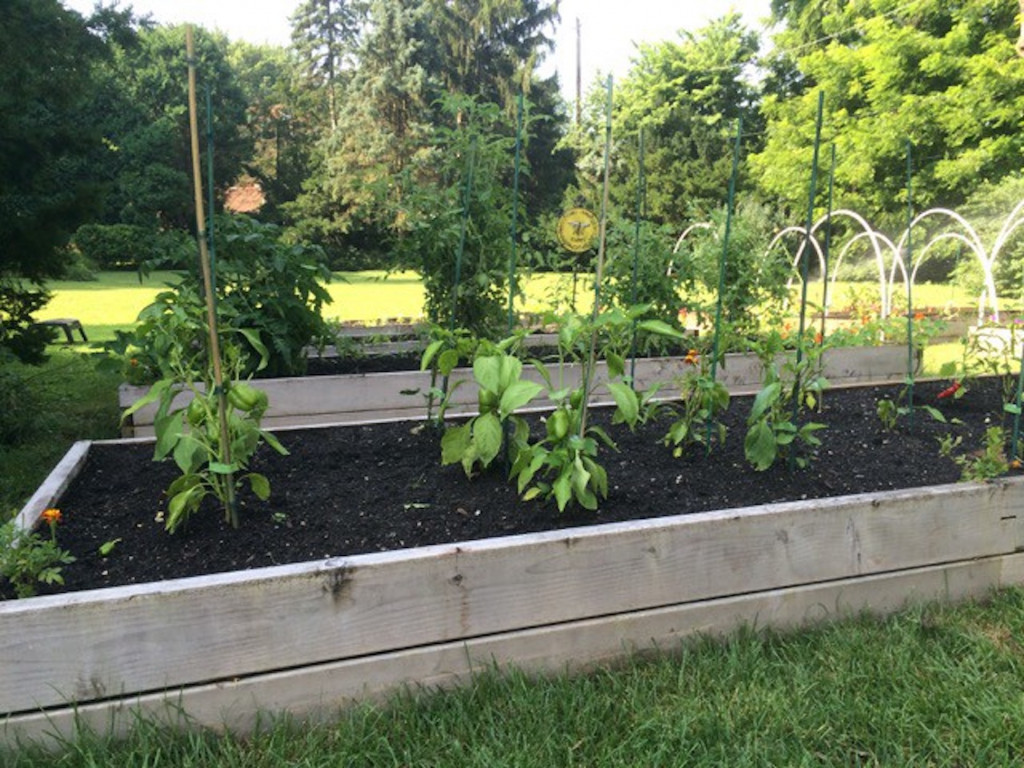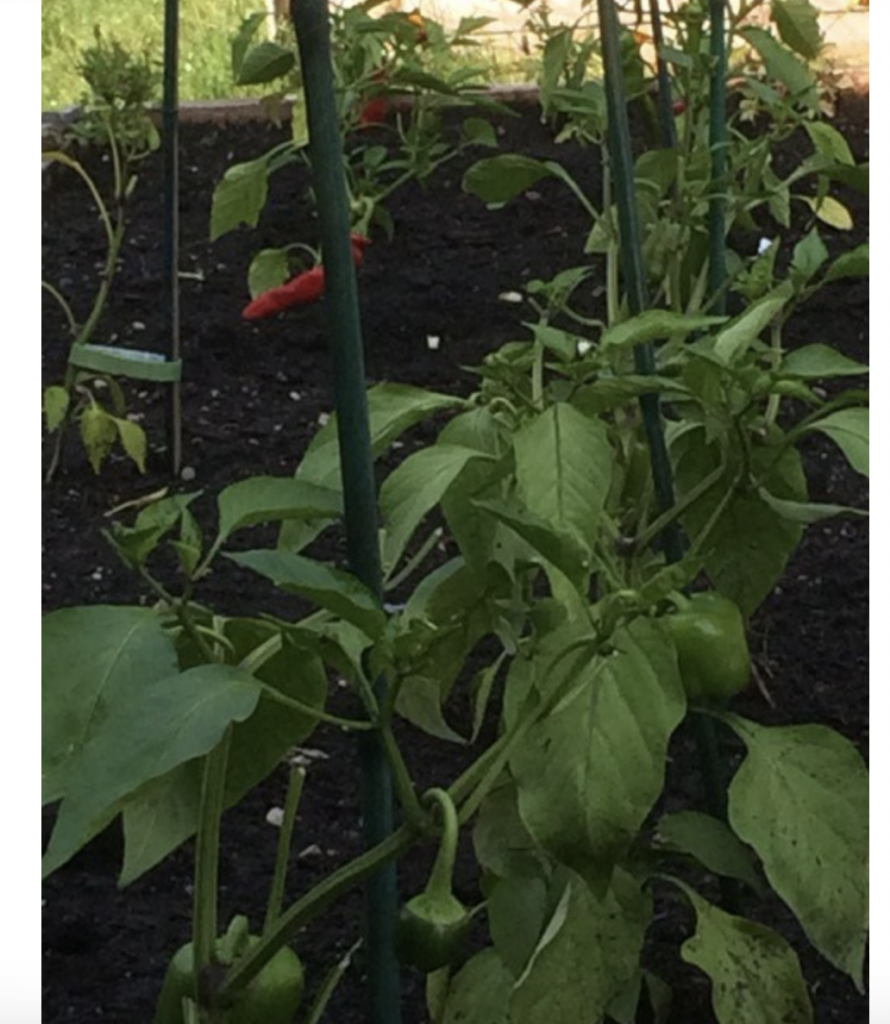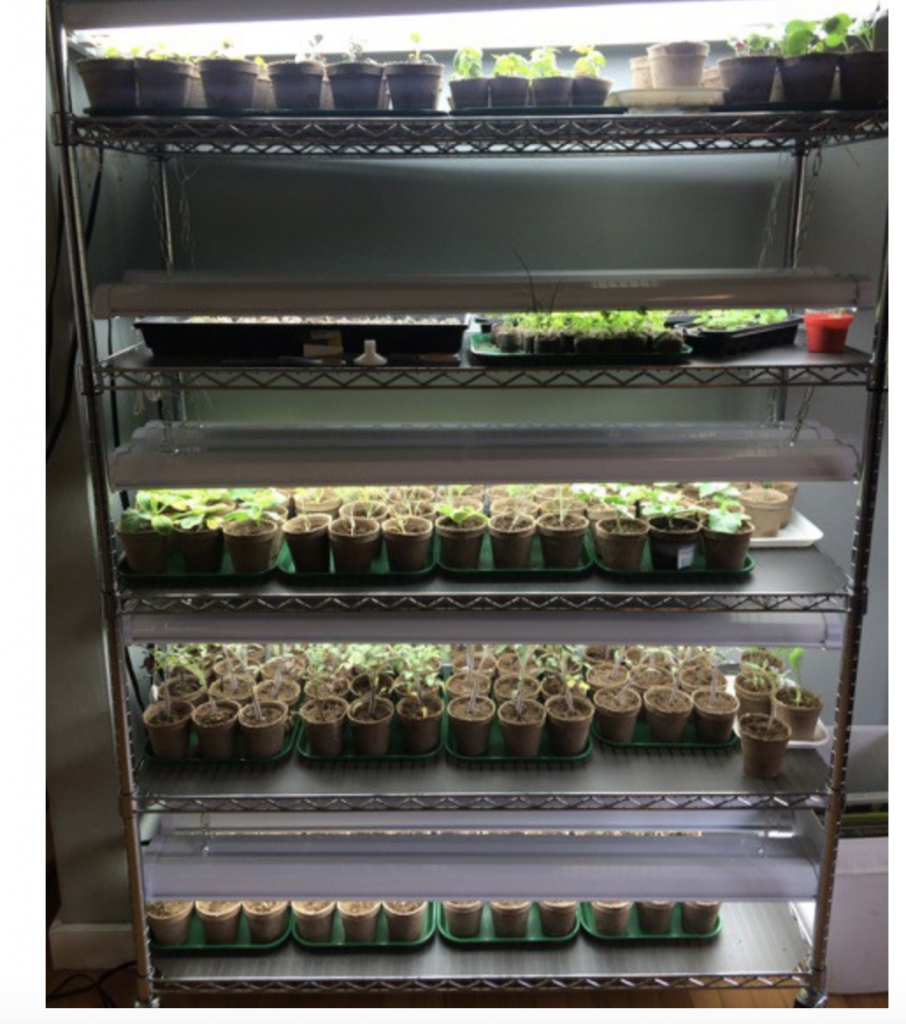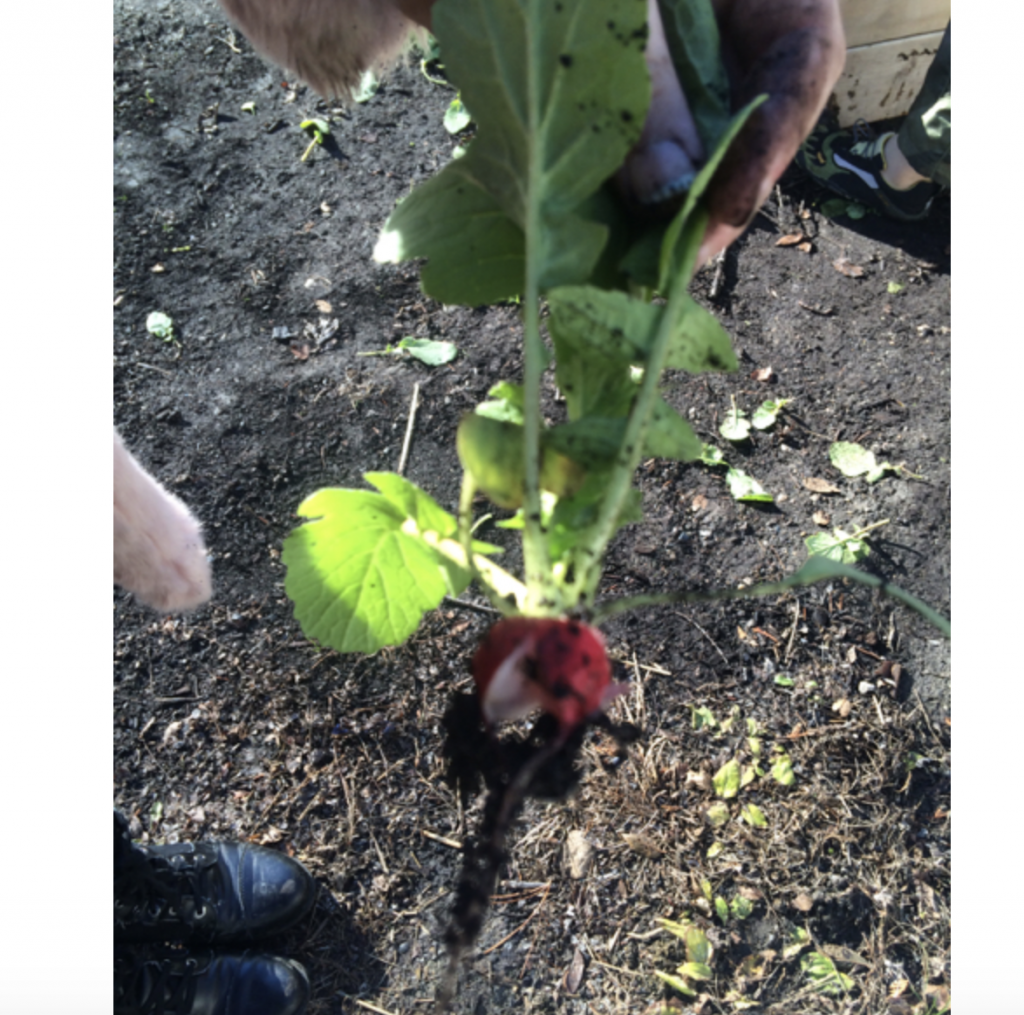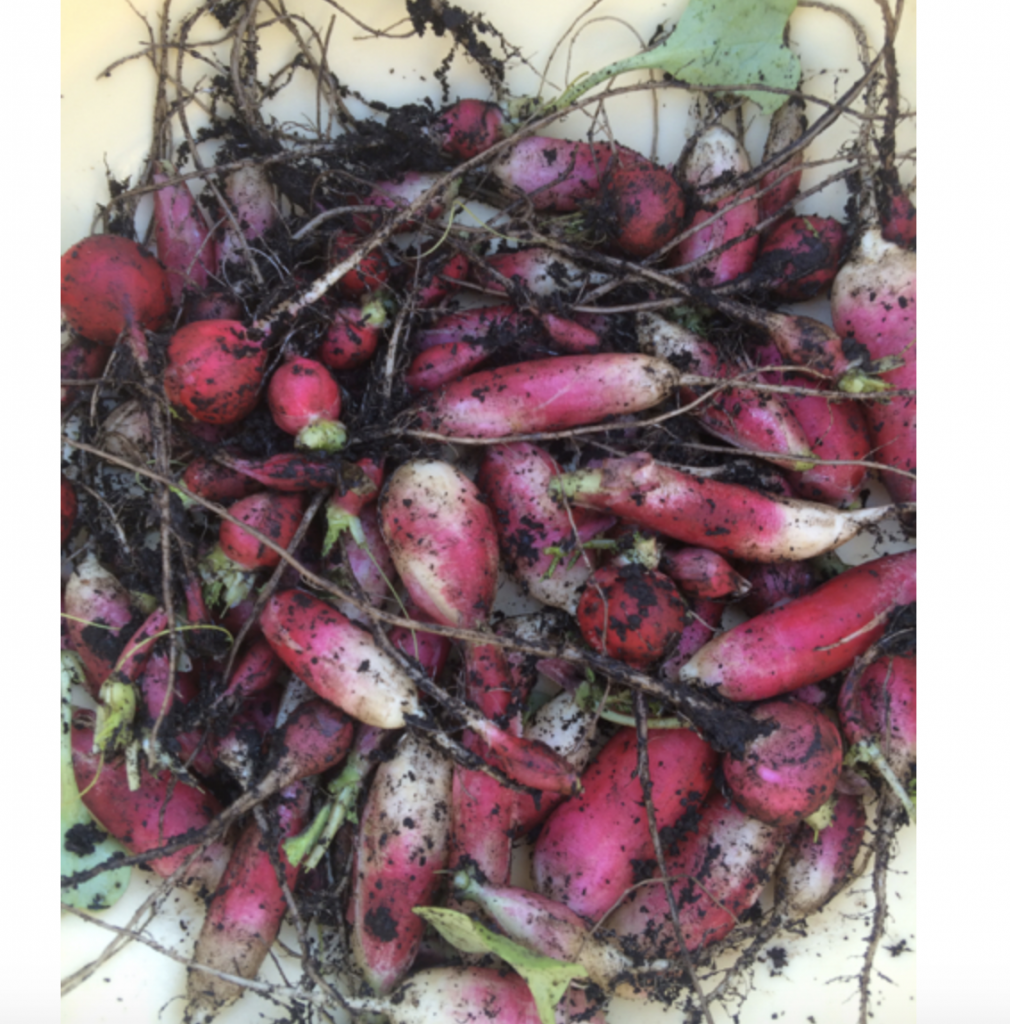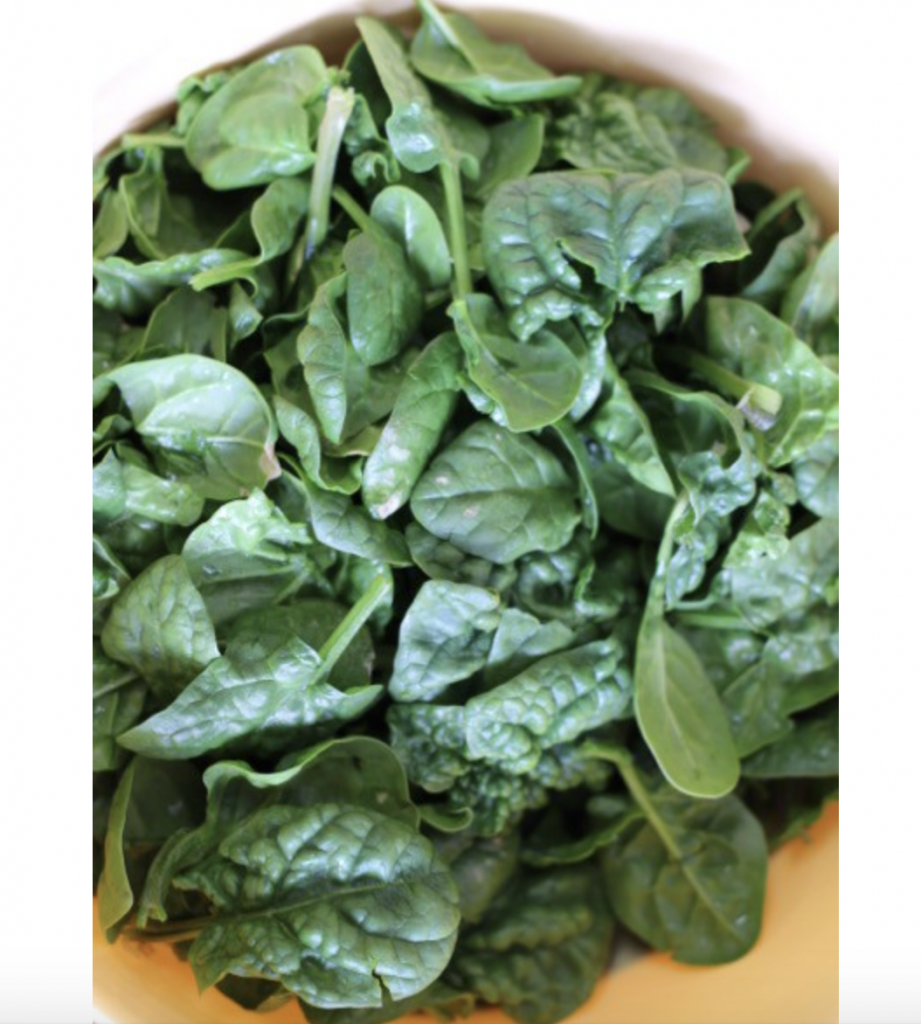How does our garden grow…
Well, right now, it’s pretty messy, wild, overgrown, perhaps even an eyesore. It is definitely an eyesore. We choose to be “lazy” gardeners and leave the plants standing at the end of harvest time to provide a habitat for wildlife. Once spring arrives, and there are several days back-to-back with temperatures above 50 degrees Fahrenheit, the pollinators will “wake up” and move on. Then, we’ll get to clearing the planting beds, joyfully preparing them for a new growing season, happy in the knowledge that we provided a home to wildlife throughout this long, cold winter.
Our garden isn’t growing yet, but the excitement is as we begin to talk about garden crops and begin to order the seeds! We’ll begin seeds indoors over the next several months and in early spring, we’ll sow some cool weather crops directly in the garden. We’ll begin vegetable plants along with lots of flowers – we add flowers to our vegetable garden beds, and tuck them into various spots around our yard. We also add parsley in many unlikely places since it’s a host plant for swallowtail butterflies. Our vegetable garden provides us with so many opportunities to learn, experiment, experience success and failure, and try again. We’re fortunate to have an opportunity to learn and experiment without our failures causing possible harm.
Working to raise food brings classroom lessons to life. The understanding and appreciation grows for farmers who provide us with a variety of tasty foods year round. Through our work in the garden, our admiration and respect deepens for those that plant, grow, harvest, and take the risks associated with farming. It brings so many questions to life such as “How in the world did families survive without fully stocked grocery stores?” (Are you asking, “How in the world do families survive without fully stocked grocery stores?”) Past tense? Present tense? Yes. Yes. We can research that.
The harvesting of our spring crops of shallots, green onions, turnips, lettuce, carrots, and beets has been such fun! There are still a few beets yet to harvest as you might notice in this picture.
The tomatoes, started by the children from seeds back in March, have set fruit and we have already had a few ripe tomatoes to harvest!
Some of the peppers are ready to harvest. There will be many more to come.
Staked red, orange, and yellow sweet peppers, jalapeño peppers, and red peppers (to dry to make red pepper flakes to add to pizza) and sports peppers to pickle!
Parsley, sage, rosemary, and thyme…and also oregano to add to our homemade pizza sauce are planted along with beautiful vincas.
Watermelons are still growing, radishes have been planted for harvesting during our first week back to school, carrots and beets will be ready to harvest in September. We’ll be planting more crops in late August and early September.
The children love planting and caring for the seeds, eagerly awaiting the seed’s growth up through the soil into seedling status. Our seed starting shelves provide a great start.
The time comes when the seedlings need to be thinned and it can be hard to snip a perfectly beautiful, healthy seedling. It must be done, though, or we will again experience the reality of “why it’s necessary:”
We look forward to extending our growing season again this year as we did last year. The hoops and the fabric kept radishes and spinach growing even as it became colder.
Radishes were our first December harvest! Children were eager to wash, prepare, and try a radish. Crunchy and delicious!
Spinach was harvested, washed, prepared and shared in January.
There’s so much going on with our garden! It’s always evolving, and nearly always offering us some type of bounty. It is a beautiful part of our school, filled with learning challenges, experiences, successes and failures! It’s an empowering, motivating, and peaceful place!

